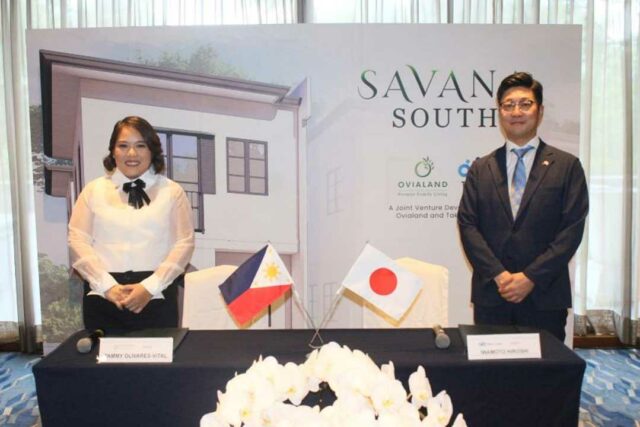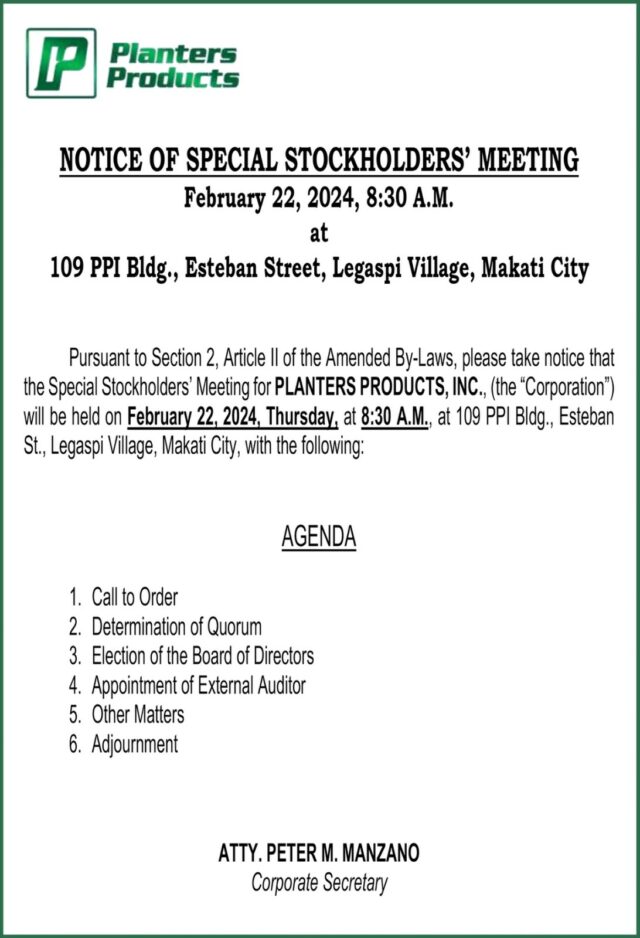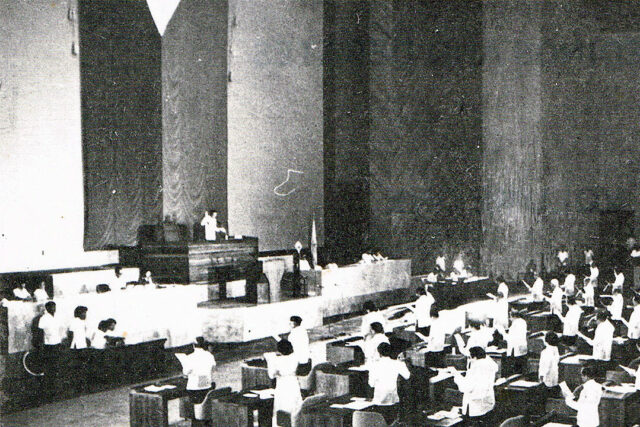UnionBank books lower net profit
UNION BANK of the Philippines, Inc. (UnionBank) saw its net income fell by 27.78% last year due to one-time costs related to its acquisition of Citigroup, Inc.’s consumer business in the country.
The Aboitiz-led bank’s net profit stood at P9.205 billion in 2023, lower than the P12.745 seen in 2022, it said in a disclosure to the local bourse on Monday.
Its financial statement was unavailable as of press time.
“Topline revenues posted robust growth driven by a strong consumer business, higher margins, and customer transaction fees. The bank’s bottom line, however, was affected by integration costs related to the Citi consumer business acquisi-tion,” UnionBank said.
“The acquired Citi consumer business has consistently surpassed expectations, while UnionDigital attained profitability throughout its first full year of operations… This is evidenced by a growing individual depositor base, an uptick in new-to-bank credit cards, record-breaking downloads of our mobile app, and net promoter scores that surpass industry standards. Our commitment extends to completing the seamless integration of these new businesses this year. Im-mediately after, you will see a stronger and more profitable UnionBank,” UnionBank President & Chief Executive Officer Edwin R. Bautista said.
The bank’s revenues grew by 36% to P71 billion last year.
Meanwhile, operating expenses rose by 43.19% to P44.89 billion from P31.35 billion due to costs related to its digital arm UnionDigital and its acquisition of Citi’s consumer business in the Philippines.
“These new businesses were only included as part of the banking group in the second half of 2022. At the same time, the bank incurred one-time costs due to the integration of the acquired Citi consumer business,” UnionBank said.
UnionBank’s acquisition of Citi’s Philippine consumer banking business was completed in August 2022.
The transaction, valued at P55 billion, covers Citi’s credit card, unsecured lending, deposit and investment businesses, as well as Citicorp Financial Services and Insurance Brokerage Philippines, Inc., which provides insurance and investment products and services to its retail clients.
Meanwhile, UnionDigital was granted a digital banking license by the Bangko Sentral ng Pilipinas in July 2021. It began operating in July 2022.
UnionBank announced separately on Monday that it is looking to raise P10 billion through a stock rights offering.
The net proceeds will be used to infuse capital into UnionDigital, for retail loans and general corporate purposes.
UnionBank’s net interest income grew by 33.61% year on year to P51.98 billion last year from P38.9 billion in 2022. Interest expense more than doubled to P26.586 billion from P11.623 billion, while interest income rose by 55.49% to P78.562 billion from P50.525 billion.
Its net interest margin stood at 5.5% last year, up from 4.8% in 2022.
“The higher margin is attributable to the remarkable growth in consumer lending. The bank’s consumer loans now account for 58% of total loan portfolio, which is diversified across credit cards, mortgage loans, personal/salary loans, and vehicle loans,” UnionBank said.
Meanwhile, non-interest income grew by 41.38% to P18.802 billion from P13.299 billion.
Fee-based income went up by 54% year on year to P10 billion.
“The growth in fees was a result of the growing customer transactions such as bills payments, funds transfers, interchange, and other card-related fees,” the bank said.
UnionBank’s net loans and other receivables grew by 9.78% to P526.532 billion in 2023 from P479.627 billion in 2022.
On the funding side, deposits inched up to P712.58 billion from P711.304 billion.
Total assets grew by 4.79% to P1.145 trillion from P1.093 trillion.
Total capital likewise went up by 18.47% year on year to P175.587 billion.
“We have surpassed our customer growth targets. Our customer base is now close to 14 million. The strategic shift towards a more predictable, recurring income model has proven successful, reflected in our above-industry net interest margins and fees as a proportion of our balance sheet size. Our overall profitability, however, was affected by front-loaded costs incurred in the integration of new businesses… These investments are necessary to ensure the sustainability of our consumer business growth moving forward,” UnionBank Chief Financial Officer Manuel R. Lozano said.
The bank’s shares rose by 80 centavos or 1.85% to close at P44 apiece on Monday. — AMCS












